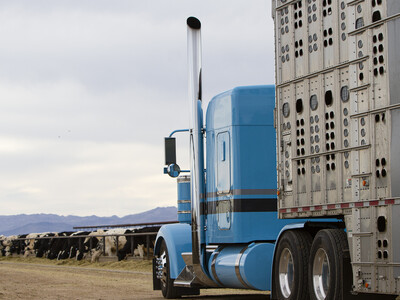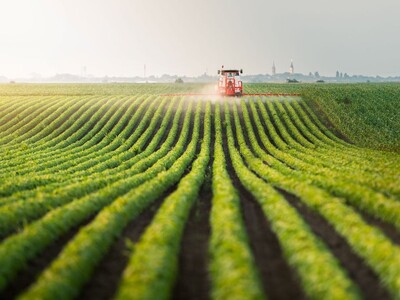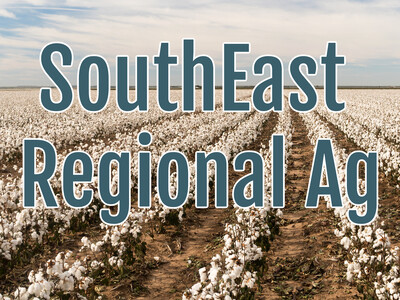Smoke Gets In Your Eyes
Smoke Gets In Your Eyes. I’m Greg Martin with today’s Line On Agriculture.
It’s one of those things I just really don’t think about much. My grass. I know it needs to be mowed at least once a week but beyond that and making sure it gets watered, well, that’s pretty much it. But. Like all farmers in the northwest right now, grass seed growers are taking advantage of the recent good weather and harvesting a crop that is a few weeks later than usual. For Oregon's 256-million dollar grass seed industry, the workday is nearly round the clock as the crop is generally ready for harvest...finally.
BYERS: I know that the growers themselves are a little bit behind on the harvest this year because of the wet spring. We will catch up. Typically, we do catch up as far as the burning is concerned. The late harvest really won't affect that as the weather turns to more favorable conditions.
John Byers is manager of the Oregon Department of Agriculture's Smoke Management Program. ODA will once again oversee field burning this summer. But field burning went through a big change starting last year.
BYERS: We no longer burn in the south Willamette Valley because of the 2009 legislature changes, we typically don't burn in the north Willamette Valley, in the Silverton Hills primarily, until mid-to-late August or into September.
The steep terrain near Silverton is basically the only place where field burning now takes place in Oregon. Because of the burning ban in the south valley, any smoke affecting Eugene and other populated areas that have faced field burning in the past will not come from grass seed growers, but more likely from forest fires or other activities this summer. Byers says residents who complained about field burning in the past can no longer point to grass seed growers this summer if smoke is in the air.
BYERS: Because of the changes from the 2009 legislature, we no longer burn in the south Willamette Valley- primarily most of Linn and all of Lane and Benton counties. So smoke that you see is not field burning related down there.
Byers says field burning in Oregon has been reduced tremendously over the years and is now just confined to a small geographic area.
BYERS: Historically, of course, we burned hundreds of thousands of acres, but that's been gone for many, many years. In most recent history, we were burning up to 50 or 60,000 acres a year. Now, it's limited to 15,000 acres total in the valley, annually, only in the Silverton Hills.
That’s today’s Line On Agriculture. I’m Greg Martin on the Ag Information Network.

















